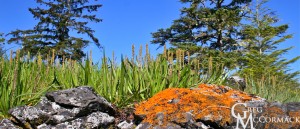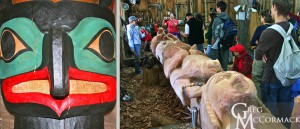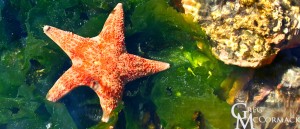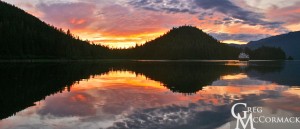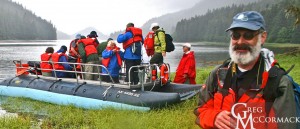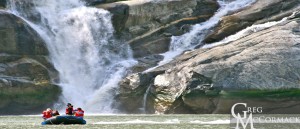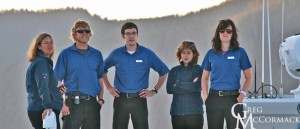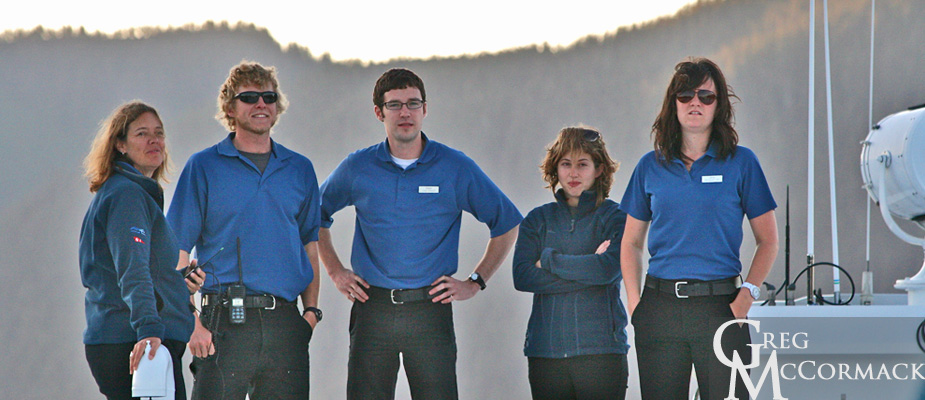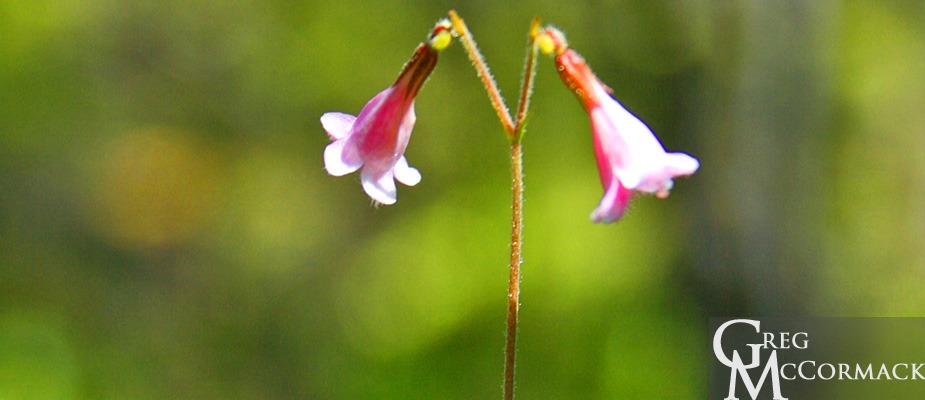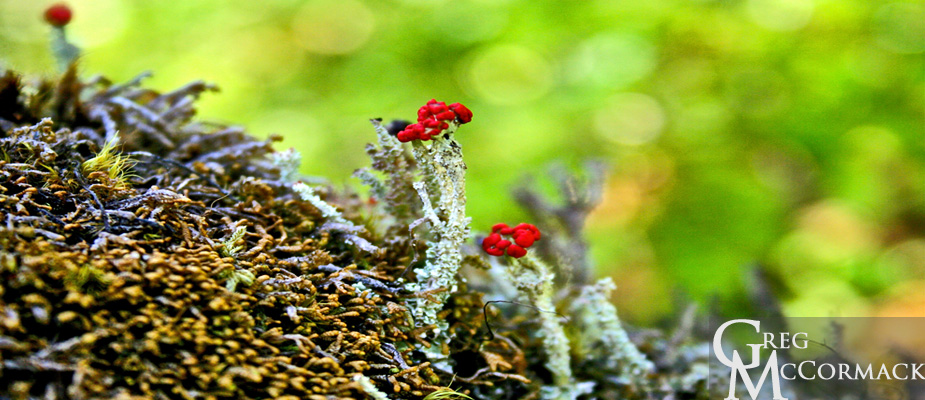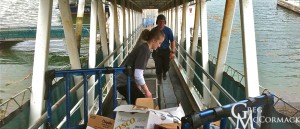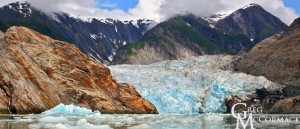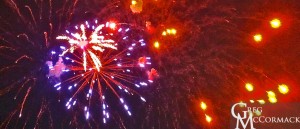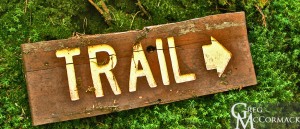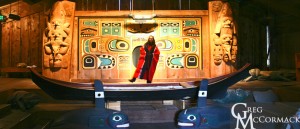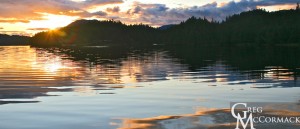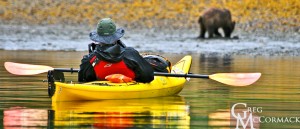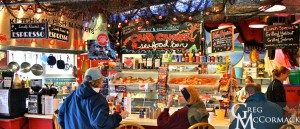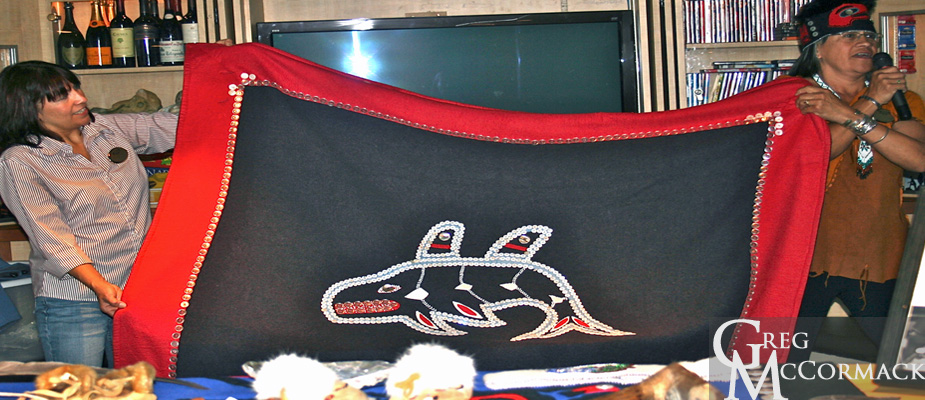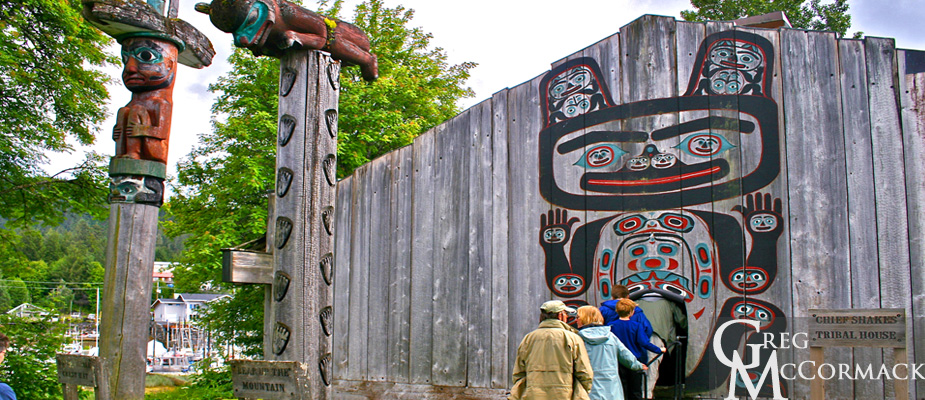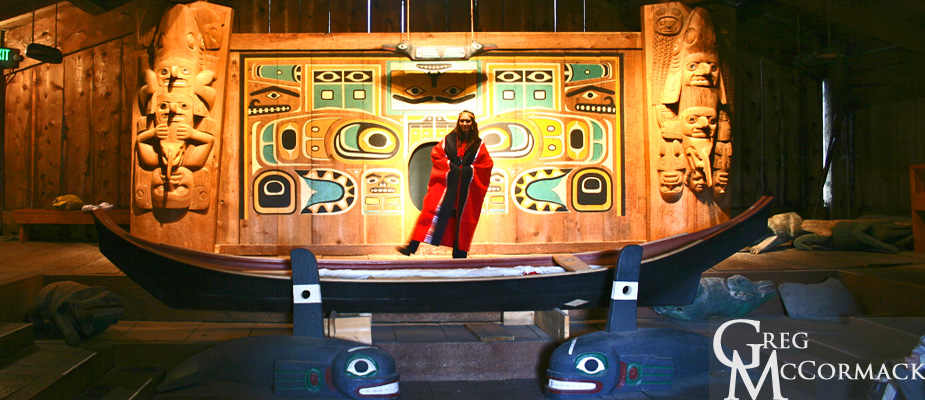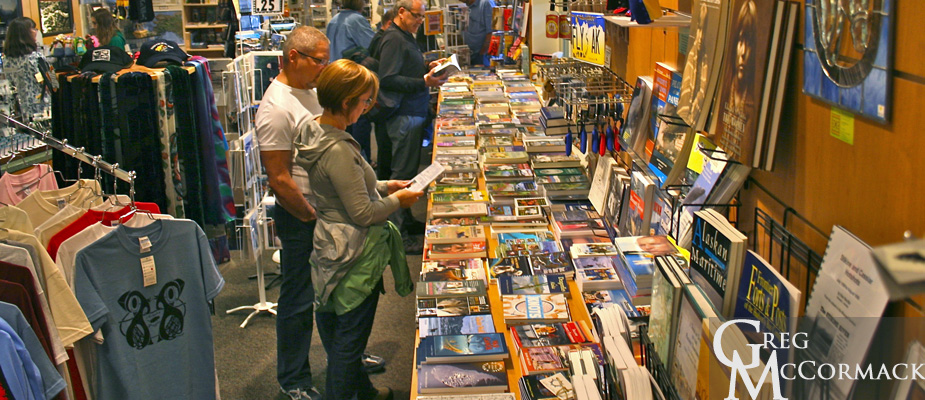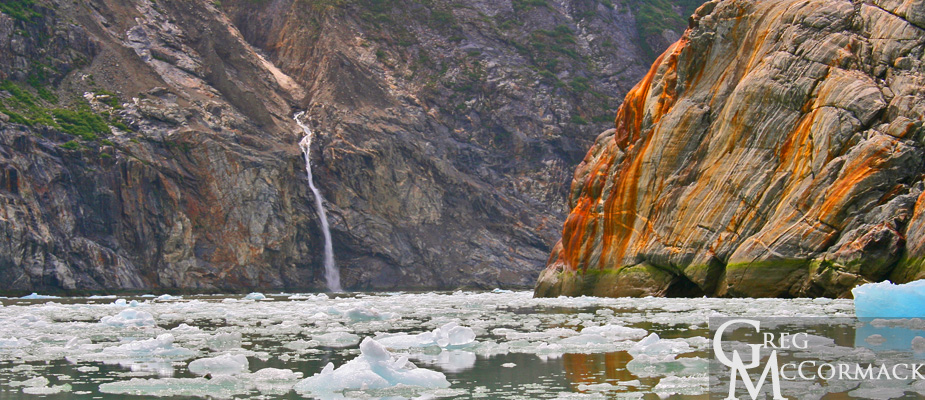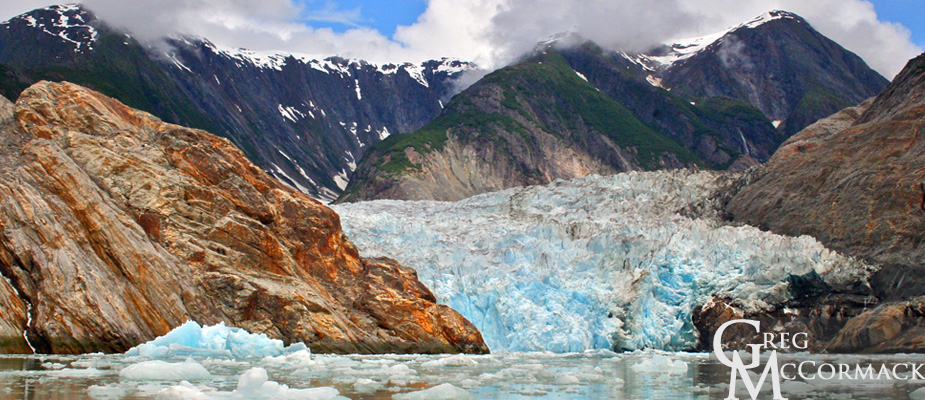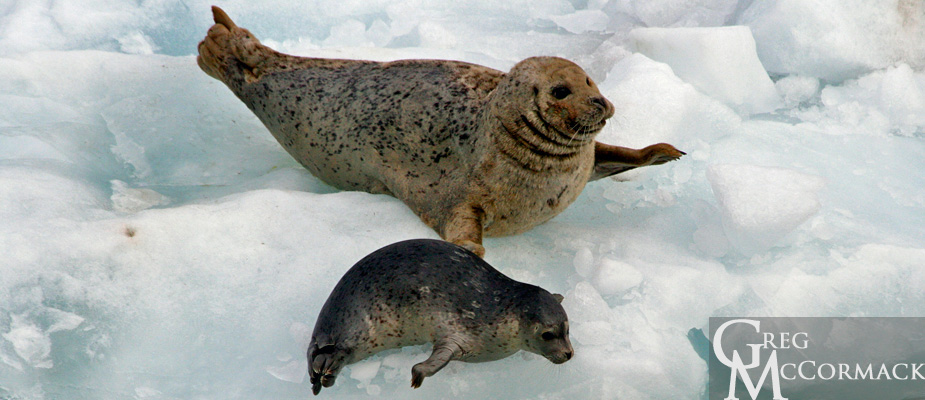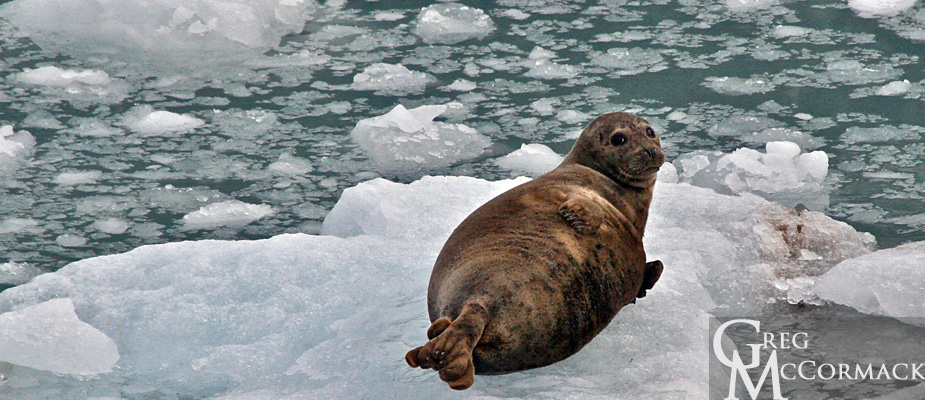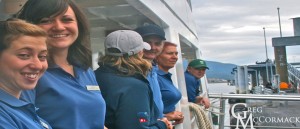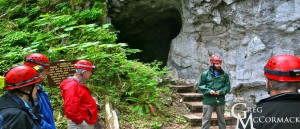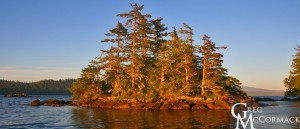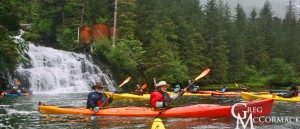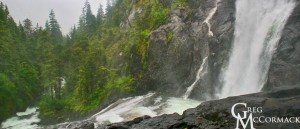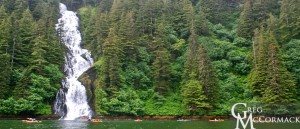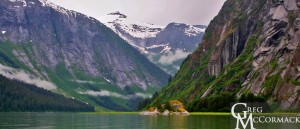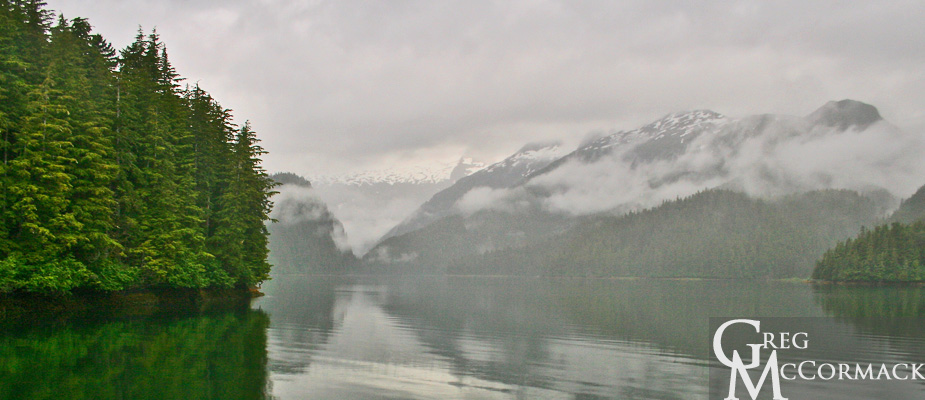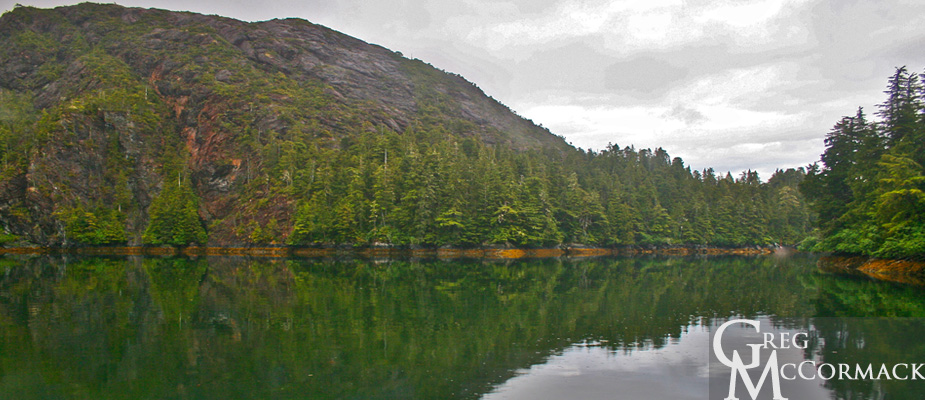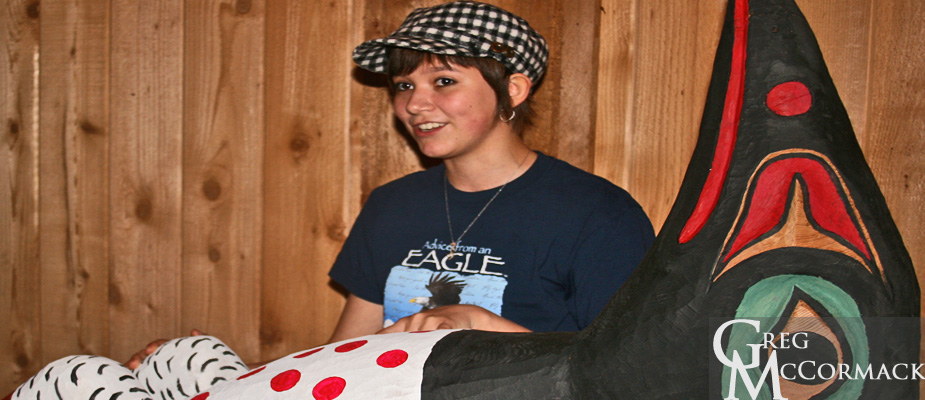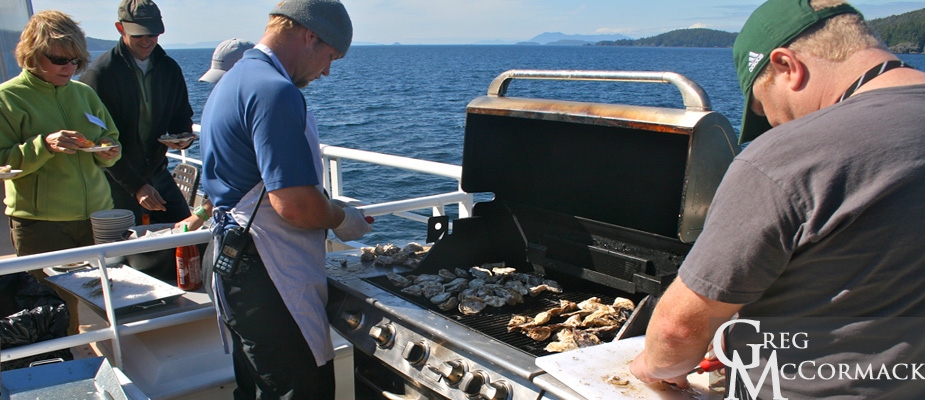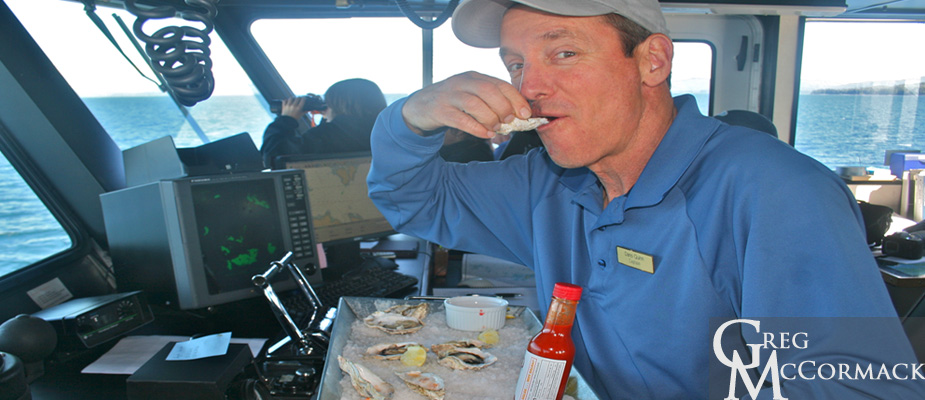Search results
where is gmack now? innersea discoveries expedition week 11
It has been an exciting week on the InnerSea Discoveries Expedition Click Links Below to read daily updates from Week 11 of the Trip:
July 10 – July 16, 2011
Sunday | July 10
“Kayaking, Sauntering, Kelp-Bugling”
Monday | July 11
“Totems, Plankton, Weather”
Tuesday | July 12
“Invertebrates and Our Sister-Ship”
Wednesday | July 13
“Phantasmagorical Seascapes”
“Tidal Ebb & Flow”
Friday | July 15
“Killer Whales”
Saturday | July 16
“The Capitol City of Juneau”
Saturday | July 16
September 26, 2011 by admin
Filed under InnerSea Discoveries
The Capitol City of Juneau
“Find your place on the planet, dig in and take responsibility from there.” –Gary Snyder
“If I were to choose the sights, the sounds, the fragrances I most would want to see and hear and smell–among all the delights of the open world–on a final day on earth, I think I would choose these: the clear, ethereal song of a white-throated sparrow singing at dawn; the smell of pine trees in the heat of the noon; the lonely calling of Canada geese; the sight of a dragon-fly glinting in the sunshine; the voice of a hermit thrush far in a darkening woods at evening; and–most spiritual and moving of sights–the white cathedral of a cumulus cloud floating serenely in the blue of the sky. Edwin Way Teale, “On a Final Day”
Disembarkation day!
It’s off to many different destinations around the country for our guests. It is very tempting to take them up on their offers to stay if ever we visit their hometowns. Juneau is bustling this morning as we dock alongside the pier adjacent to large cruise ships and a float plane dock
A local tells me that the recent U.S. Census had between 5 and 6,000 people moving out of the capital city of Juneau, a drop from around 31,000 to 25k over the last 10 years.
Crew work hard in anticipation of another group that will board in less than 8 hours.
Sunday | July 10
September 26, 2011 by admin
Filed under InnerSea Discoveries
El Capitan
“Everybody needs beauty as well as bread, places to play in and pray in, where nature may heal and cheer and give strength.” –John Muir “The Mountains of California”
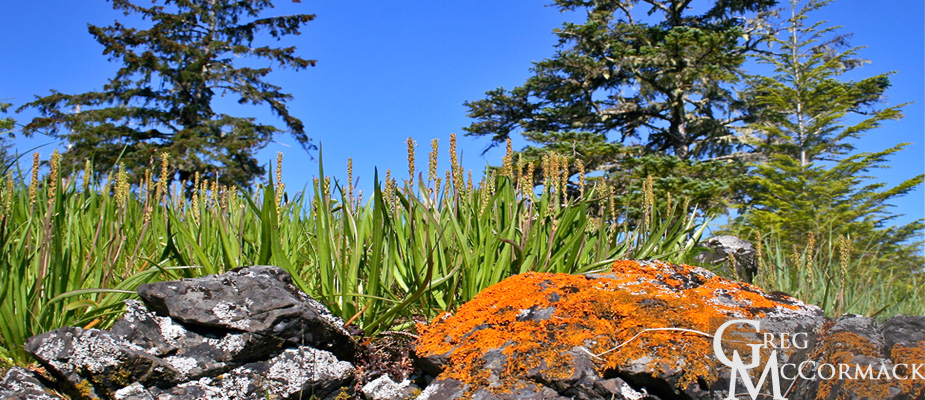
All of our guests are asked to go through our three “station rotation” trainings in kayaking, stand-up paddleboarding, small boat and bear safety.
Each “evolution” occurs in a different area of the ship (two in the lounge and one on the top deck).
After grabbing paddle jackets and depositing them in the lockers, adventure-seekers are ready for disembarking on our first full day of activities at Prince of Wales Island.
We anchor at the north end of El Capitan Passage where Dry Pass enters a bay approximately ½ mile wide by 3 miles long.
Despite the fact that there has been heavy logging in the past (clear cuts are visible along with a logging road on the north shore that leads to a small, private lodge), the place is peaceful and scenic.
My job this morning is to provide a “kayak clinic” for beginning kayakers out in the bay. I demonstrate paddling techniques, bracing, how to turn around, get the rudder up and down among other pointers.
“We could try the ‘Eskimo Roll’ if you’d like?”, I asked jokingly. The temperature of the waters here are in the high 40’s to low 50’s Fahrenheit, or about 10 degrees Celsius. If we were to practice rolling and submerging, we’d want to don dry suits.
Highlights along the shoreline include a Sitka black-tailed deer (doe with fawns) browsing on grasses above the beach wrack or strand zone, bald eagles at their nest, breaching salmon and best of all: Sunshine!
On our way back to the ship, I recruit other kayakers to help find macro-algaes, in particular the bull kelp. The pneumatocyst or air float can mimic the head of an otter, especially when there is a wind chop or swell on the sea surface. We find some un-attached Nereocystis leutkeana floating with its holdfast attached to a tiny rock. We haul it aboard and put it in a bucket for further examination later today.
In the afternoon I lead a less intense version of a forest walk that doesn’t include 367 steps up a steep hill to a cave.
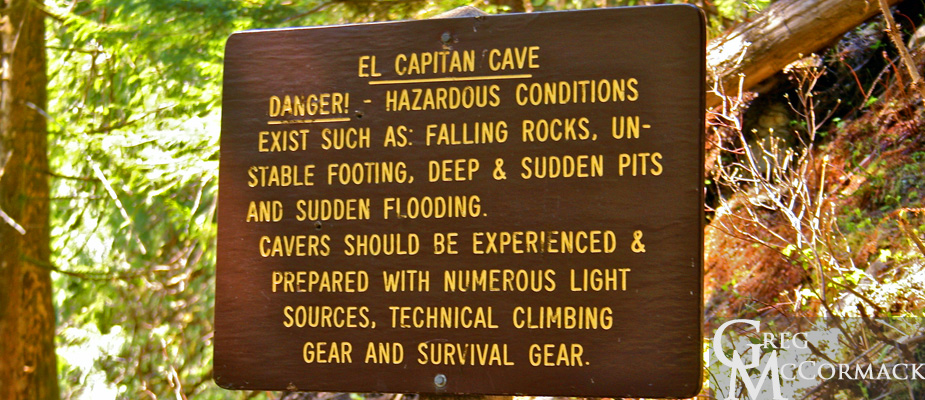
After my introduction explaining safety in bear country, I address my group of intrepid travellers with the theme for the day, one that has been a favorite of mine over the four decades that I’ve been leading interpretive walks:
“Folks, instead of hiking, we will saunter—serendipitously–along these Forest Service roads. Horace Walpole, a British writer in the mid-1700’s, wrote a fairy tale called the ‘Three Princes of Serendip’. They had a knack for the unexpected, for discovering things that they had no idea they’d find. So let’s use all of our senses and see what we might come across over the next 90-minutes.”
Our finds included the stinky raceme of the skunk cabbage, scatological findings from several mammals, squirrel pine cone middens, flowers, mushrooms and various birds that I identified “by ear”, amongst other delightful finds.
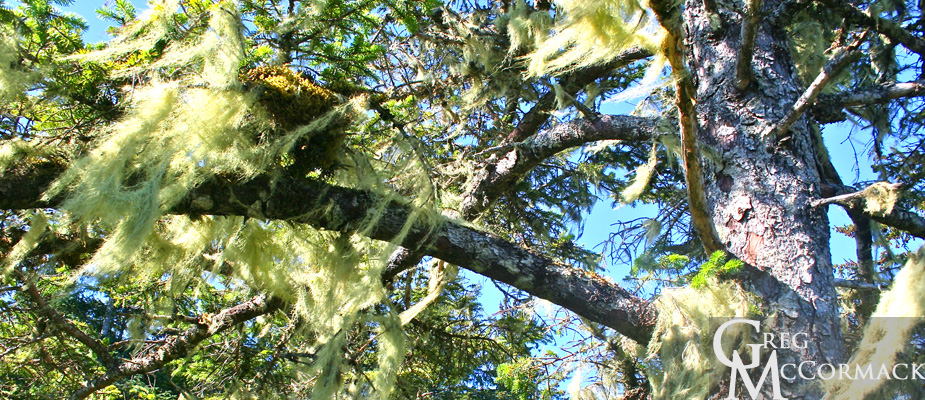
Back aboard, I give a talk entitled “The Multifarious Uses of Nereocystis leutkeana”, a demonstration of the marvelous seaweed called the “bull kelp”. There are a lot of histrionics involved, including audience participation and hand-held specimens.
Here’s a few of the highlights:
• Bull Kelp is an annual that can grow to 20 meters
• The range of this nearshore brown algae is from central California to Alaska
• The decimation of the (urchin-eating) Sea Otter by the Russians led to an increase in the herbivorous (kelp-loving) sea urchins and a subsequent decrease in kelp and what the kelp forest harbors, including many dozens of invertebrates and fishes
• Native American uses include food and medicine, and recreational uses including ceremonial speaking tube, musical instruments, siphoning hose, jump rope, lion tamer, target practice, etc.
I entertain folks by using a knife to cut the kelp specimens and volunteers entertain everyone by using the hollow stipe as a trumpet-like horn, bugling the announcement for dinner!
where is gmack now? innersea discoveries expedition week 10
It has been an exciting week on the InnerSea Discoveries Expedition Click Links Below to read daily updates from Week 10 of the Trip:
July 2 – July 9, 2011
Saturday | July 2
TURNOVER DAY = SWABBING THE DECKS
Sunday | July 3
GLACIER CALVING, SEALS & WHALES
Monday | July 4
HAPPY 4TH OF JULY, EVERYBODY!
Tuesday | July 5
MOOSE PELLETS
Wednesday | July 6
CHIEF SHAKES LODGE
SNORKELING AND BANJO PLAYING
Friday | July 8
CLAM-EATING BEAR
Saturday | July 9
“WE NEED THE GREGgle APP!”
Wednesday | July 6
September 14, 2011 by admin
Filed under InnerSea Discoveries
“We abuse land because we regard it as a commodity belonging to us. When we see land as a community to which we belong, we may begin to use it with love and respect.” –Aldo Leopold
Onboard the vessel right after breakfast, we have a couple of Tlingit guests give an informal lecture with songs and a “show and tell” session in the lounge.
We learn many fascinating things about the dynamic Tlingit culture that has thrived here for a very long time.
This is followed by excursions to see petroglyphs, a performance at Chief Shakes lodge and jet boat tours up the diverse Stikine River.
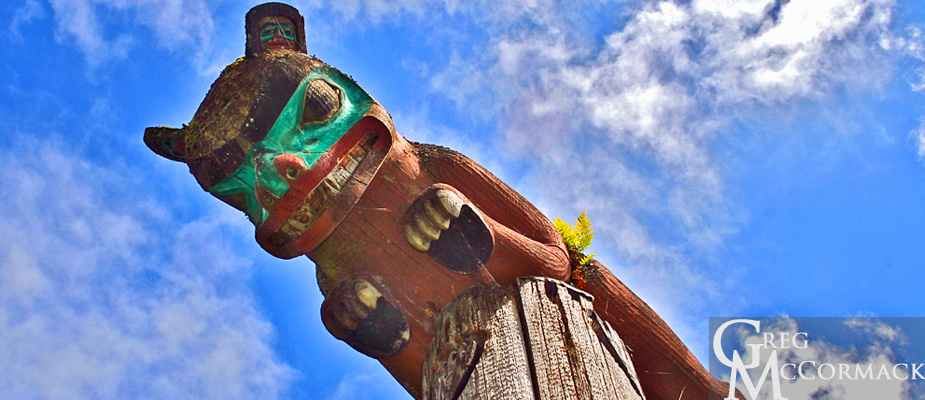
Many folks make the trip to the Nolan Center and purchase natural and cultural history books in the bookstore, among other gift items.
Sunday | July 3rd
September 14, 2011 by admin
Filed under InnerSea Discoveries
“Never before this had I been embosomed in scenery so hopelessly beyond description. Tracing shining ways through fjord and sound, past forests and waterfall, islands and mountains and far azure headlands, it seems as if surely we must at length have reached the very paradise of the poets, the abode of the blessed.” –John Muir
At 06:00 the anchor is lifted and the Wilderness Discoverer begins its journey up the 30-mile long Tracy Arm fiord. I like to tell folks that we are all taking a trip back 15,000 years to the Pleistocene Epoch to see what much of the northern latitudes on Earth were like at the southernmost extent of the Wisconsin era glaciation. Basically a person could strap on some skis and continue on ice from Tracy Arm south to present-day Olympia, Washington and head then head east to Cape Cod, Massachusetts.
Tracy Arm—Fords Terror was designated a wilderness area in 1980 with President Jimmy Carter’s passage of the Alaska National Interest Lands Conservation Act (ANILCA). Prior to this it had been designated a National Forest Scenic Area in 1960 and 10 years later a Wilderness Study Area in recognition of the opportunities for solitude and its dramatic beauty.
It was President Lyndon Johnson that signed the Wilderness Act in September of 1964.
It states:
“In order to assure that an increasing population, accompanied by expanding settlement and growing mechanization, does not occupy and modify all areas within the United States and its possessions, leaving no lands designated for preservation and protection in their natural condition, it is hereby declared to be the policy of the Congress to secure for the American people of present and future generations the benefits of an enduring resource of wilderness.”
Everybody seems to appreciate being a visitor to this wilderness as they are out on decks to soak-in the scenery, admire ice-bers and to look for wildlife.
We offer small boat tours. Adventure-seekers enjoy close-up views of the Sawyer Glacier calving ice and the dramatic mountain scenery. I point out the waterfall, located 1.5 miles away from the face of the Sawyer Glacier. When I first started leading folks here in the early to mid-90’s, the glacier was close to this cataract.
People are amazed to see how far it has receded and how much thinning of the glacier has taken place. The barren rock and trim-line of vegetation high up above the recently de-glaciated rubble landscape are reminders of a changing climate.
Harbor seals are spotted on the ice “growlers” or brash ice. Some are seen with pups that were recently born. It takes 6-weeks before pups are weaned off of the mothers milk and are on their own to search for food.
Arctic terns ply the waters, catching schooling fish for their developing young that await in the rock gardens bordering the fiord. Gulls fly back an forth in front of the glacier waiting for the next calving that will churn-up small fish and shrimp for easy-pickings.
Our afternoon and evening is spent looking for and watching whales in Frederick Sound.
Where is gMack now? InnerSea Discoveries Expedition Week 9
It has been an exciting week on the InnerSea Discoveries Expedition Click Links Below to read daily updates from Week 9 of the Trip:
June 25 – July 1, 2011
Saturday | June 25th
Ketchikan
Sunday | June 26th
El Capitan Passage, Caves and the Oyster Pick-up
Monday | June 27th
Klawock and Sea Otter Sound
Tuesday | June 28th
Little Port Walter
Wednesday | June 29th
Patterson Bay: Scat and Cataracts!
Frederick Sound
Friday | July 1st
The Green Flush and an Ice Swim
Wednesday | June 29th
September 10, 2011 by admin
Filed under InnerSea Discoveries
Patterson Bay: Scat and Cataracts!
Wake up to the sound of heavy rain and the euphonious waterfalls that surround our anchored vessel.
As you might say in Spanish: Que lastima! Esta lloviendo (what a pity that it’s raining). But here’s my saying for the day: “Whether the weather is wet or whether the weather is dry…whatever the weather we’ll weather the weather, whether we like it or not.” I should add: “There is no such thing as bad weather…there is only inappropriate gear.”
It’s easy to think that the inclement weather will continue for days, if not weeks, since there isn’t any sign of a “blue-hole” or patch of blue in the sky. Positive thinking really helps and it’s encouraging to see gung-ho guests ready to get out and brave the elements. We all know, of course, that “liquid sunshine” is what makes the temperate rainforest so lush and verdant! If we get a bit cold, we can all get in the hot tubs after our days adventures!
Today I lead two separate groups through dense vegetation to a well-hidden and spectacular waterfall.
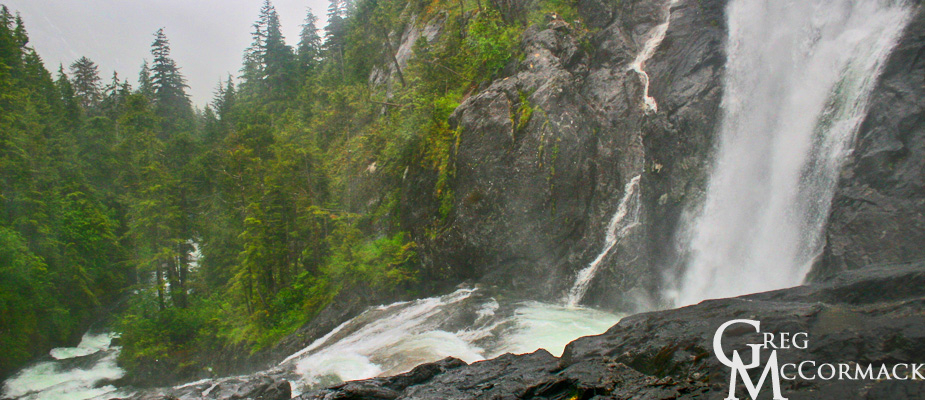
I have to yell “HEY BEAR” while pushing through the tall salmonberry shrubs, alder thickets and Devils’ Club plants to alert any sleeping grizzly bears. The guests follow me as I crawl under and on top of giant, fallen trees. We are sopping wet within 100 yards of penetration but all have big grins on their faces. Why? Because this is as good as it gets for pure wilderness! After we step over our first of at least 10 large piles of brown bear scat, I pronounce: “Welcome to the food chain!”
In the lower 48 States (or anyplace in the world for that matter), it’s easy to take trails for granted. It isn’t until we get into the path-less woods that we can appreciate all the effort it takes to build and maintain a trail. Four legged mammals have the advantage of ducking under massive fallen trees while looking for the least difficult way through an ecosystem to find food, water and shelter.
I shoot some video of our hiking group pushing through the wet vegetation and into the shallow river where it is easier to navigate.
In the late afternoon, our captain decides to motor into another of the spectacular fiords on the southeast side of Baranof.
The scenery is mesmerizing at just a few knots per hour and many are quiet and contemplative on our journey up to a waterfall and a view of a brown bear.
Monday | June 27th
September 9, 2011 by admin
Filed under InnerSea Discoveries
Klawock and Sea Otter Sound
We enjoy sunny skies as we disembark at the docks in Klawock and assemble on the pier for a walking tour. Les our guide tells stories his father told him about signs being put out in the streets that said: “No Dogs or Indians Allowed”. He went on to describe the beginning of the Alaska Native Brotherhood.
I drift into reverie and can’t help but think of the audacity of the first Europeans when they arrived in North America by asking the natives: “Where is your flag? You don’t have one? We claim this land for the Queen of England!”
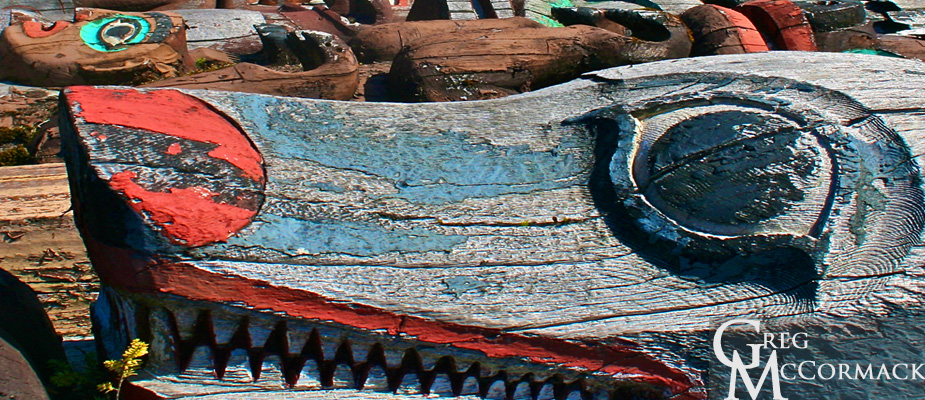
We approach the oldest cannery in Southeast Alaska and Les tells us about how thick the fish returns used to be. Behind the cannery about 2 miles away we can see a large paper/pulp mill. Les tells us that countless logs are shipped overseas from Prince of Wales Island to the Far East. Apparently, the mill is owned by the same family that runs the mill in my home-state of Washington at Port Townsend. 30 employees are employed at the POW site near Klawock.
For the birders in the group, we are entertained by the behavior and vocalizations of around two dozens species, the loudest of which is the song sparrow, orange-crowned warblers, winter wren and common raven. The call of the bald eagle “wowed” some folks. Film-makers in Hollywood seem to always play a recording of a red-shouldered hawk in place of the real eagle vocalization. Perhaps the real eagle call is un-regal?
The view of the river estuary with the backdrop of the snow-capped mountains was appreciated by all as we walked a mile to the carving shed from the totem park.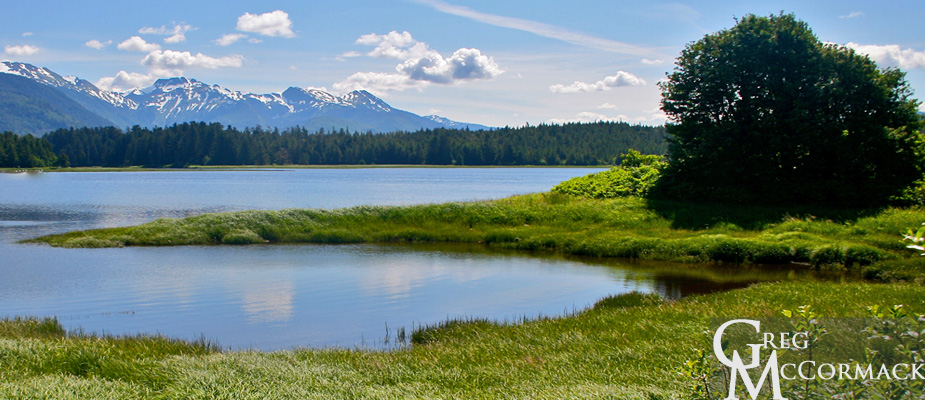
For those of us crew that make it here twice per month, we were amazed at how much progress has been made on the totems that will be erected in early August during a three-day festival. Accompanying Les is young apprentice James Mills, who has contributed his advanced carving skills to the community of Klawock. Everyone enjoys the carving shed where we meet Master Carver Jon Rowan Jr., the main carver of poles and overseer of the project. Sydney, niece of Les, has done a marvelous job of painting the totems, particularly the Naasteidi Flicker totem pole that has the red polka dots.
We get back underway at lunchtime and enjoy a mid-afternoon party on the Sun Deck. The central focus is our over-sized BBQ grill. Passengers and crew crowd around where we shuck and roast oysters that we picked-up yesterday from our oyster-farming friends in El Capitan Passage.
Captain Dano Quinn is busy on the bridge watching for whales but he enjoys the flavors of our shellfish with hot sauce!
Captain Dano surprises us later in the afternoon with an offering of small boat tours to a miniature archipelago of islands in Sea Otter Sound. The lighting for sunset is warm and perfect for pictures. As usual, a parade of interesting plankton flowed beneath the ship, including jellyfish and a pelagic mollusk.
Saturday | June 25th
September 9, 2011 by admin
Filed under InnerSea Discoveries
We lift anchor at 0600 and motor a few nautical miles to Ketchikan for disembarkation at 0830. We bid a fond farewell to our old friends and shipmates. It has been a week-long voyage but when we recollect all of the memories, it seems as if we were together for a much longer period of time. We have experienced so much with all of our senses.

After a long and hard push to clean the ship from top to bottom, we wait for our new passenger friends and shipmates to board the M/V Wilderness Discoverer at 1630 hours.
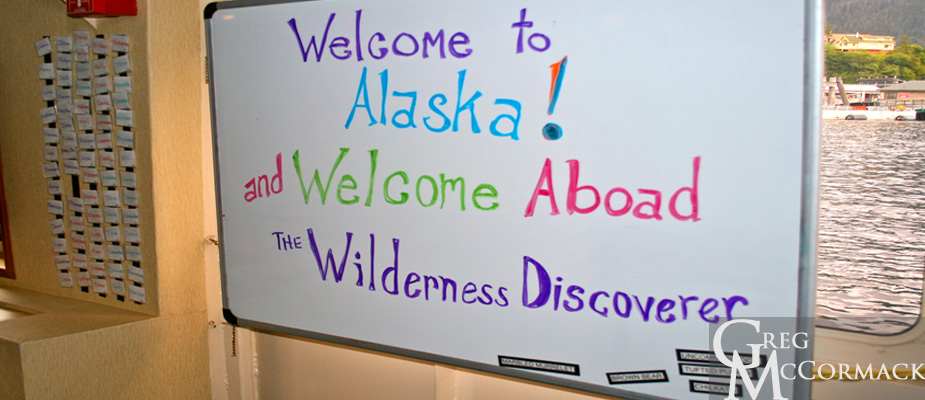
All of us take turns to show guests to their cabins. We meet folks in the lounge for appetizers and “welcome aboard” drinks.
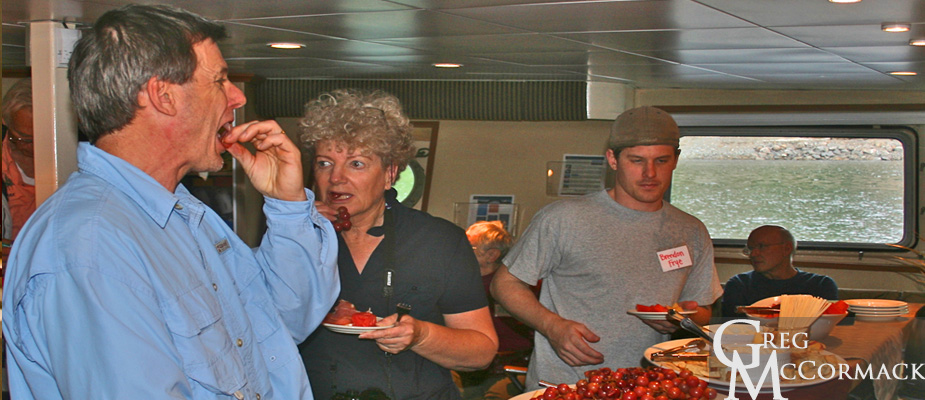
The captain, expedition leader, chief engineer and hotel manager each give a brief introduction to ship-living. We are on our way north up and around Prince of Wales Island.
This evening several of our guest passengers assemble in the lounge and play music. Friends are made rapidly and much merriment ensues.There are suggestions that our company buy some instruments for the vessels night entertainment, such as a Latin percussion box drum and a mid-level guitar, such as a Yamaha or “Ibanez”. Why not add tambourines, shakers with rice, recorders, etc?

Too much fun at night might lead to some weary adventure-seekers during the daytime, so let’s get some rest!


